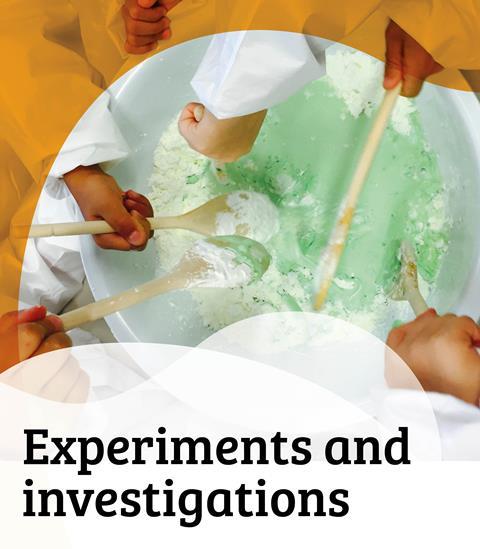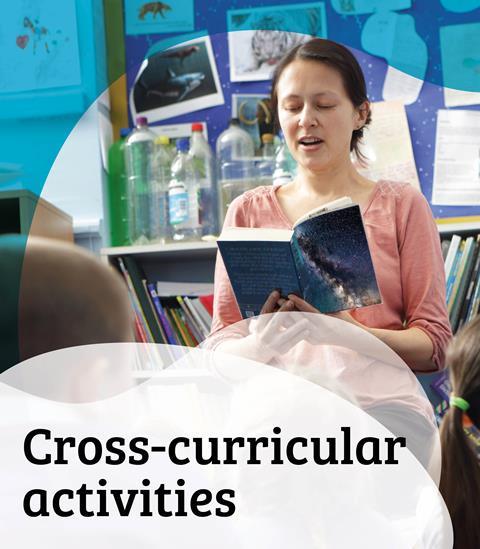
Find out what composites are made up of and why they are so important sporting equipment for the Olympics.
If you teach primary science, see the headings below to find out how to use this resource:
Skill development
Children will develop their working scientifically skills by:
- Selecting and planning the most appropriate ways to answer science questions, recognising and controlling variables where necessary, including:
- Carrying out comparative and fair tests.
- Using appropriate scientific language and ideas to explain, evaluate and communicate their methods and findings.
- Drawing conclusions and raising further questions that could be investigated, based on their data and observations.
Learning outcomes
Children will:
- Compare and group together everyday materials on the basis of their properties, including their hardness, solubility, transparency, conductivity (electrical and thermal), and response to magnets.
Concepts supported
Children will learn:
- What is meant by the term ‘composite’.
- That combining 2 or more materials into a composite results in different properties from the starting materials.
- That the properties of different materials make them suitable for different purposes.
Suggested activity use
This resource develops children’s ideas of how materials can be combined to create new materials, with improved properties. The activity allows a whole-class investigation to be carried out making new composites. Children can work in groups to design and carry out experiments to compare properties of the composite, e.g. strength, with those of the starting materials.
Practical considerations
You will need to provide various materials and equipment to children, such as different flours and PVA glue.
Downloads
Olympic composites primary student presentation
Presentation | PowerPoint, Size 1.05 mbOlympic composites teacher notes for primary
Experiment | PDF, Size 0.21 mb
Additional information












No comments yet